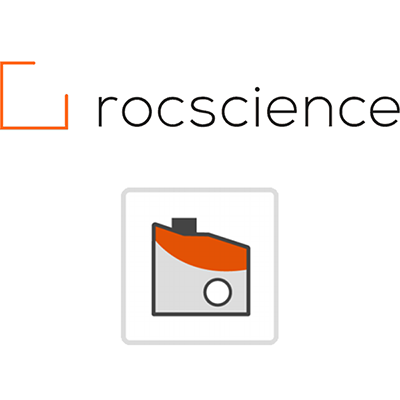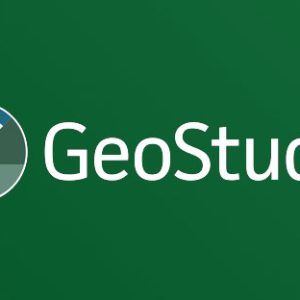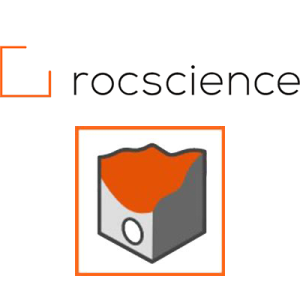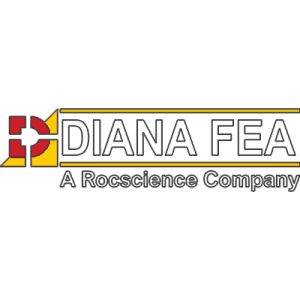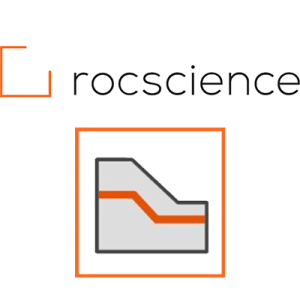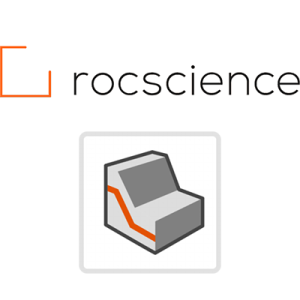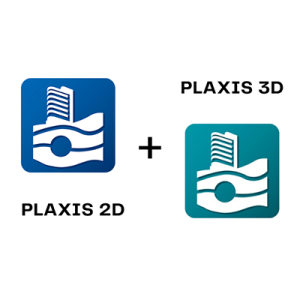Rocscience RS2 v11.026 2025
$ 120.00
Rocscience RS2 v11.026 (2025) – 2D Finite Element Analysis Software
Buy and download the latest Rocscience RS2 2025 (v11.026) for advanced 2D finite element analysis of soil and rock. Ideal for geotechnical engineers, RS2 offers powerful modeling tools, slope stability analysis, and groundwater seepage simulation. Get the newest features and improved performance for precise geotechnical design…
Description
Rocscience RS2 (v11.026, 2025) – Advanced 2D Geotechnical Finite Element Analysis Software
Rocscience RS2 is a leading 2D finite element analysis (FEA) tool for geotechnical engineering in soil and rock. Use RS2 for tunnel and support design, underground excavations, slope stability, embankments, groundwater seepage, consolidation, foundations, dynamic and thermal analyses. Version 11.026 delivers performance improvements, Python updates, and interoperability refinements that speed up real-world design workflows.
What’s New in RS2 v11.026 (2025)
- Python installation control: choose to include/exclude the Python interpreter, IDE, and RS2 Python library during setup—ideal for managed IT environments.
- Python 3.13 update: benefit from the latest language/runtime improvements for reliable scripting and automation.
- RSInsight access: streamlined route to post-processing and data investigation.
- Slide2 compatibility: read unknown boundary conditions from Slide2 models for smoother cross-tool workflows.
- Seepage performance: improved stability and speed for highly non-linear permeability models.
Highlights from Recent 11.x Upgrades
- Spatial distribution for hydraulic properties with new seepage models for realistic heterogeneity.
- Liner results at nodes plus Curvature and Axial Strain outputs for better structural interpretation.
- Dynamic analysis export to share and audit dynamic results efficiently.
- RS2 Scripting (Python) to automate model updates, import/export properties, and manage multi-stage analyses.
- Unsaturated behavior models and effective stress in the unsaturated zone; improved consolidation (Mv) options and moisture unit weight handling.
Core Capabilities Engineers Rely On
- Elements & meshing: triangular or quadrilateral elements, one-click mesh, graded/mapped/radial/custom meshing, mesh quality checks.
- Advanced materials: rock and soil models, joints, interfaces, liners, piles, bolts, staged construction, SSR, XFEM joints, thermal and dynamic modules.
- Groundwater: transient and steady seepage, degree of saturation results, seepage face conditions, coupling with mechanical behavior.
- Compute options: multi-core parallel engine with standalone compute execution for batch runs and CI workflows.
Bug Fixes in v11.026
RS2 11.026 includes numerous stability and accuracy fixes that enhance daily productivity:
- Corrected node numbering for liner/joint elements in composite stacks; improved histogram drawing for joints, interfaces, liners, and bolts.
- Fixed visibility and creation/removal issues for joints in composite stacks; corrected drawing of excavated/uninstalled structural interfaces.
- Resolved exceptions related to deleted pile elements and node ID changes intersecting bolts; improved induced force tracking through composite liners.
- Fixed plotting of joint normal displacement for models with midside nodes; ensured thermal analyses create liner connections correctly.
- Interpreter/UI fixes including export of statistics queries to Excel and reset behavior for spatial function stage factors.
System Requirements (Guidance)
RS2 is a Windows desktop application. For best performance—especially with large staged models, dense meshes, thermal/dynamic coupling, and scripting—use modern hardware:
- Operating System: Windows 10 or Windows 11 (64-bit).
- Memory (RAM): 32 GB recommended for professional use; consider 64 GB+ for very large meshes or complex analyses.
- Storage: Fast SSD with ample free space (100 GB+); more for local project datasets and backups.
- CPU: Recent multi-core processor to leverage RS2’s parallel compute engine.
- GPU: A discrete GPU can improve viewport responsiveness with complex models (optional but helpful).
Tip: For automation or batch jobs, run the RS2 compute engine as a standalone program to queue multiple analyses while keeping the UI free.
Who Should Use RS2?
- Geotechnical and mining engineers designing tunnels, slopes, and excavations.
- Consultants conducting seepage, consolidation, thermal, and dynamic studies.
- Teams standardizing on Python-driven workflows for repeatable FEM simulations.
Why Upgrade to v11.026?
- Faster, more robust seepage and improved interoperability with Slide2.
- Latest Python 3.13 runtime for scripting longevity and library compatibility.
- Quality-of-life fixes across modeling, compute, and interpretation.
FAQ
Does RS2 support automation?
Yes. RS2 includes a Python-based scripting interface to automate modeling tasks, import/export properties, manage scenarios, and integrate with your data pipelines.
Can I run large models efficiently?
Yes. Use multi-core compute, optimize meshing, and provision 32–64 GB+ of RAM for large or highly non-linear models.
Is RS2 suitable for unsaturated soils and complex groundwater?
Yes. RS2 supports unsaturated behavior models, spatial variability for hydraulic properties, transient seepage, and coupling with mechanical response.
⭐️⭐️⭐️⭐️⭐️5/5
“RS2 has become an essential part of my geotechnical engineering workflow.”
As a geotechnical software developer and engineer, I’ve worked with many 2D finite element analysis tools, and Rocscience RS2 v11.026 truly stands out. The integration of Python 3.13 scripting has been a game-changer, allowing me to automate complex modeling processes and seamlessly integrate RS2 with our in-house data pipelines.
The improvements in spatial variability modeling for hydraulic properties and the enhanced groundwater seepage analysis tools make it easier than ever to simulate real-world conditions with precision. The multi-core compute engine significantly reduces run times for large, staged construction models, and the new Slide2 compatibility has streamlined data transfer between software packages.
From slope stability analysis to tunnel design and unsaturated soil modeling, RS2 delivers consistent, accurate, and reliable results. The user interface is intuitive, the meshing tools are flexible, and the bug fixes in this latest release have noticeably improved stability.
For any professional involved in geotechnical design, mining engineering, or FEM simulation, RS2 remains the gold standard. Highly recommended.
— Senior Geotechnical Software Developer


